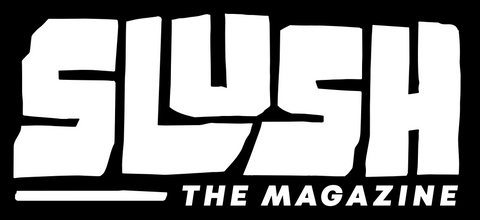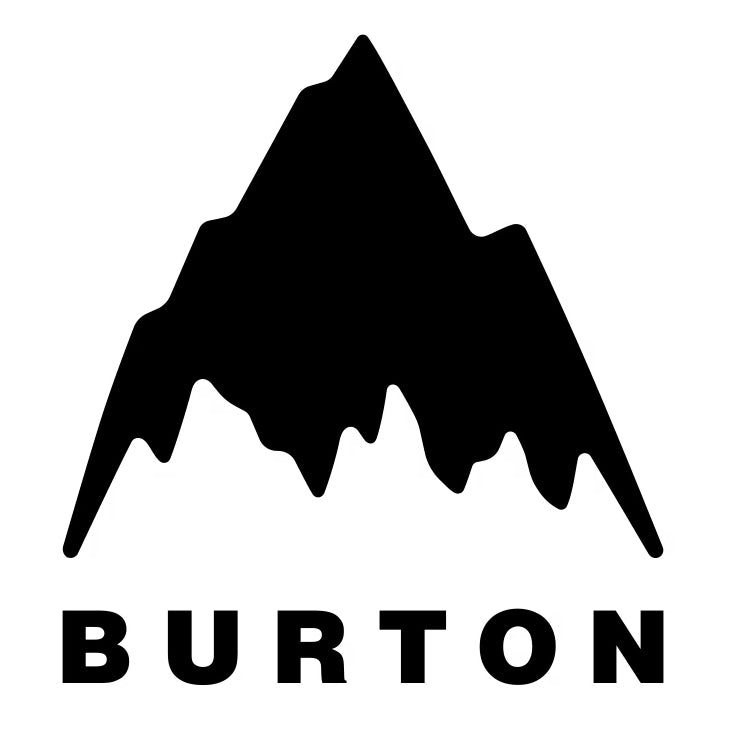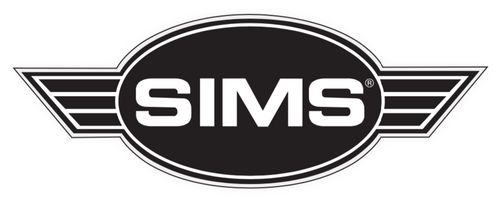
I first heard about the Park City ski patrollers' strike the way we all hear about anything these days—doom-scrolling through social media, dodging ads for things I muttered near my phone. At first, I wrote it off as just another subplot in the snowboard universe, the kind of thing you bring up over coffee to crack some stupid joke before pivoting back to your same old tropes. But then I read a little more—patrollers unionizing, Vail Resorts predictably clutching their pearls—and it hit me: I’d never really considered unionization in our space before, and now I want to know more. Are other patrols unionized? Why do unions always seem to scare corporations?
I started digging, and first, I wanted to highlight what I found about the timeline of unionization in the resort world.
The United Professional Ski Patrols of America (UPSPA) is a labor union representing 1,100 workers across 13 ski resorts in Colorado, Montana, Utah, and Washington. Resorts can employ union ski patrollers, and the movement has been gaining serious traction over the years.
What started as a small but determined union movement in 2005 with Crested Butte quickly gained traction. Ski patrollers from Steamboat, Telluride, and beyond realized that maybe putting their lives on the line for resort profits deserved a little job security. By 2021, Big Sky and Breckenridge had joined the fold, and in 2022, Park City’s lift mechanics made history as the first ski resort maintenance crew in the country to unionize. The momentum kept rolling into 2023 with Loveland and Crested Butte’s lift teams following suit.
Back in September, Park City ski patrollers—PCPSPA—96% of which are Union Patrollers, put forward a contract proposal, and Vail Resorts waited. After 55 days, they finally sent a counteroffer where 3 of the agreement points were still not met. By mid-December, patrollers had filed multiple unfair labor practice complaints. On December 27th, the ski patrollers walked off the job—the first modern ski patrol strike at a major resort.
Vail claimed there was a “limited impact” while scrambling to fill patrol shifts with managers flown in from other mountains and a hastily assembled Patrol Support Team. But despite Vail’s assurances that operations remained stable, Park City Mountain Resort was operating at less than 20% capacity by January 2, with 24 of 41 lifts running and 80 of 350 trails open. The resort also suspended daily lift ticket sales, limiting access to skiers who had already purchased passes. Meanwhile, Vail Resorts' stock has dropped $20 per share since the strike began, now trading around $177, a significant drop from its $300+ value in late 2021.
VAIL CEO Kirsten Lynch’s compensation package, which includes $1.1 million in base salary and $4.9 million in stock and performance-based bonuses, highlights the financial scale at play. The company points to a proposed 4% raise, and a $1,600 gear stipend as evidence of its investment in patrol staff. However, ongoing negotiations suggest a broader discussion about how much of that money trickles down to the entities that keep the resort up and running.

And that’s the thing—what’s the value of a ski patroller? When I asked the PCPSPA if they suspected that they made less in a day than what a guest pays for a lift ticket, the response was unequivocal: “Undoubtedly.” That’s not just a disparity; it’s a glaring indictment of how the industry structures its priorities.
Some patrollers stay on for summer jobs—bike patrol, trail crew, seasonal government gigs—but PCPSPA isn’t pushing for year-round pay. There has been speculation that a huge sticking point is that patrollers are requesting to be paid during the summer months when they are not working. I have not been able to find evidence that this is true. As the spokesperson for Park City Ski Patrol stated, “We are only paid for the time we work. We are hourly employees, and our benefits apply only for the months we are employed by Vail Resorts.” But the bigger point is hard to ignore: “Consumers have seen costs rise without a corresponding rise in employee pay. Vail Resorts has spent $1.59 billion on stock buybacks and cash dividends over the last three years, and Kirsten Lynch makes around $6.6 million annually. We are asking that a tiny portion of this be shared with the workers who make such profits possible.”
That might be the most compelling argument for the union in a single breath. The rising cost of passes isn’t subsidizing the people who make the experience possible—it’s padding the pockets of executives who might never set foot on a Park City lift line.
The resort, for its part, has brought in patrollers from other mountains to fill shifts, an open secret among both staff and guests. “Managers from other resorts have been scabbing at Park City Mountain,” one patroller confirmed. “The mountain is currently running with a fraction of its regular patrol staff (~35 vs. 100+ patrollers).” The effects are visible: “Despite claims from the resort that there would be no operational impact from the union's ULP strike, we have received reports over the last week of guests experiencing unusual delays, terrain closures, long lift lines, and extended response times.”
THE STICKING POINTS
So what, exactly, is Vail refusing to budge on? At its core, the union's demands are about fair compensation and benefits that reflect both inflation and experience. Their proposal raises the base rate from $21 to $23 an hour, in line with starting wages for patrol at other resorts in the area. But beyond that, they’re fighting wage compression—the reality that a fourth-year patroller can earn as much as someone with 15 to 20 years of experience. That disparity devalues the knowledge, training, and risk that come with longevity in the job. They also want to maintain wage parity with non-unionized Vail resorts, a clause that was included in their last contract but has since been left out of negotiations.
Beyond wages, benefits remain a major sticking point. While Vail touts its parental leave program, patrollers say it's largely inaccessible to them in its current form. The union wants a more practical benefits package that aligns with their employment realities.
Negotiations are ongoing, but progress is slow. “We continue to pass offers back and forth with the company via email, but the next mediated negotiating session is not until Jan 6th,”Margaux Klingensmith of the PCPSPA explained. “We continue to be surprised that the company chooses to diminish the guest experience rather than end this strike with a fair contract.”
THE CONSUMERS EXPERIENCE

Park City’s holiday week turned into a masterclass in corporate spin. Snowfall stacked up while lifts and trails remained shuttered, leaving guests in hours-long lift lines and wondering why a mountain with a solid 42-inch base was barely limping along at 18% capacity. Seven years of operational data show that under normal conditions, half the mountain should’ve been open by now, but instead, skiers and snowboarders got bottlenecked into the same overcrowded choke points, all while Vail Resorts insisted everything was running smoothly. The company’s earlier reassurances that patrol leadership from Park City and beyond would keep things business-as-usual fell apart fast, and the numbers don’t lie—previous seasons saw more terrain open with less snow on the ground. Now, as the strike drags on and frustrations mount, one thing is clear: this isn’t a snow problem, it’s a people problem, and Vail Resorts is going to have to decide how long it wants to play chicken with the workforce that keeps their empire standing.
As the season pushes forward, the situation at Park City remains a litmus test for the broader ski industry. Will Vail Resorts continue its game of attrition, betting that time and inconvenience will outlast the resolve of its workforce? Or will this be the moment where ski patrollers—those who risk their necks so the rest of us can chase powder—set a new precedent for fair compensation? Consumers are paying the same price and getting less. The mountain is running on a skeleton crew, services are stretched thin, and yet the cost of a lift ticket hasn’t budged. What will it take for Vail to make real changes? The demands of ski patrol or the inevitable moment when someone gets severely hurt due to reduced staffing? That’s the question lingering over Park City as this standoff continues.



















